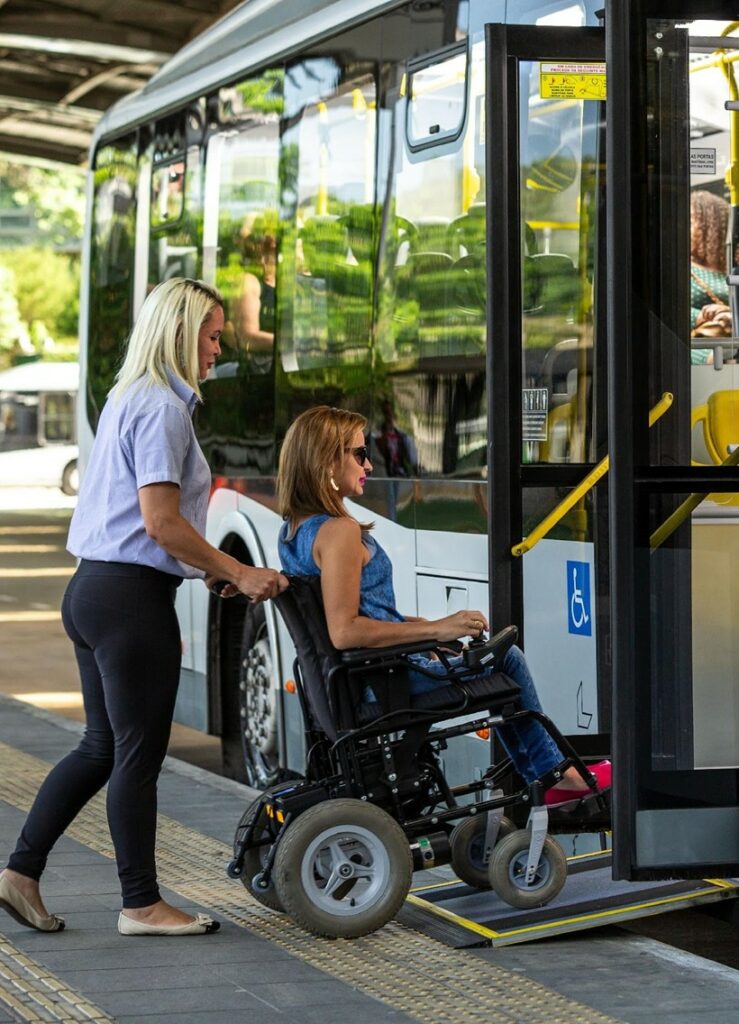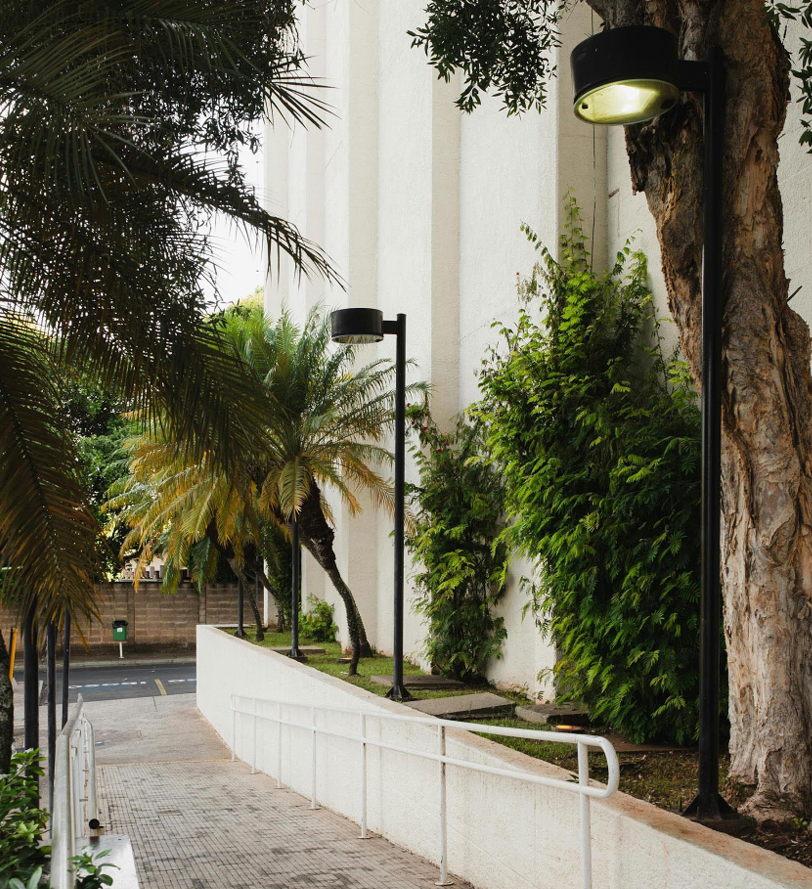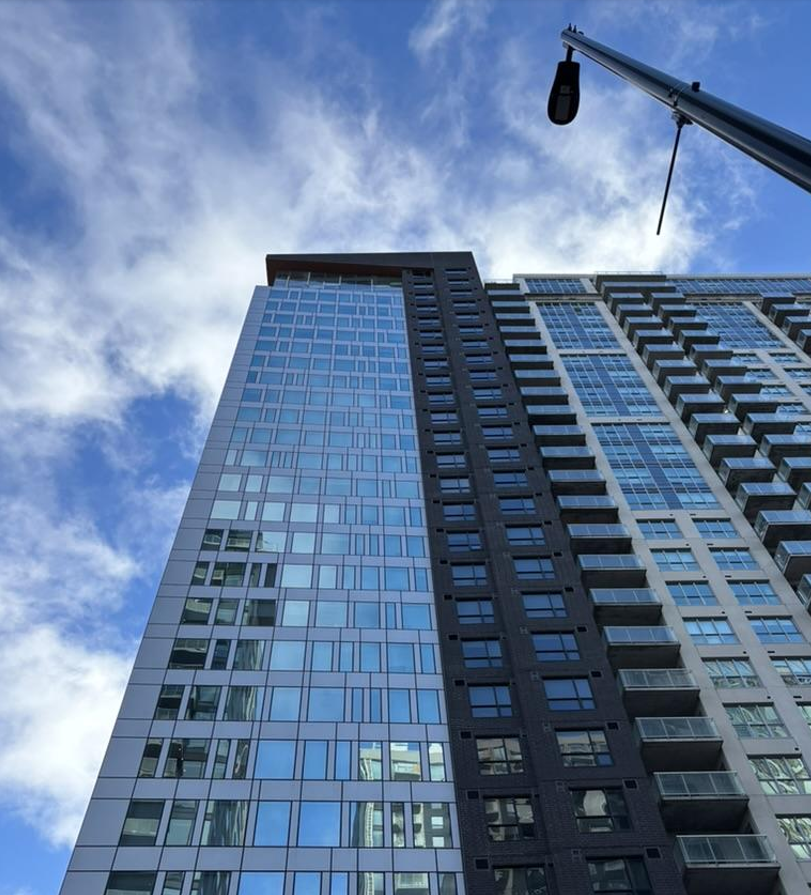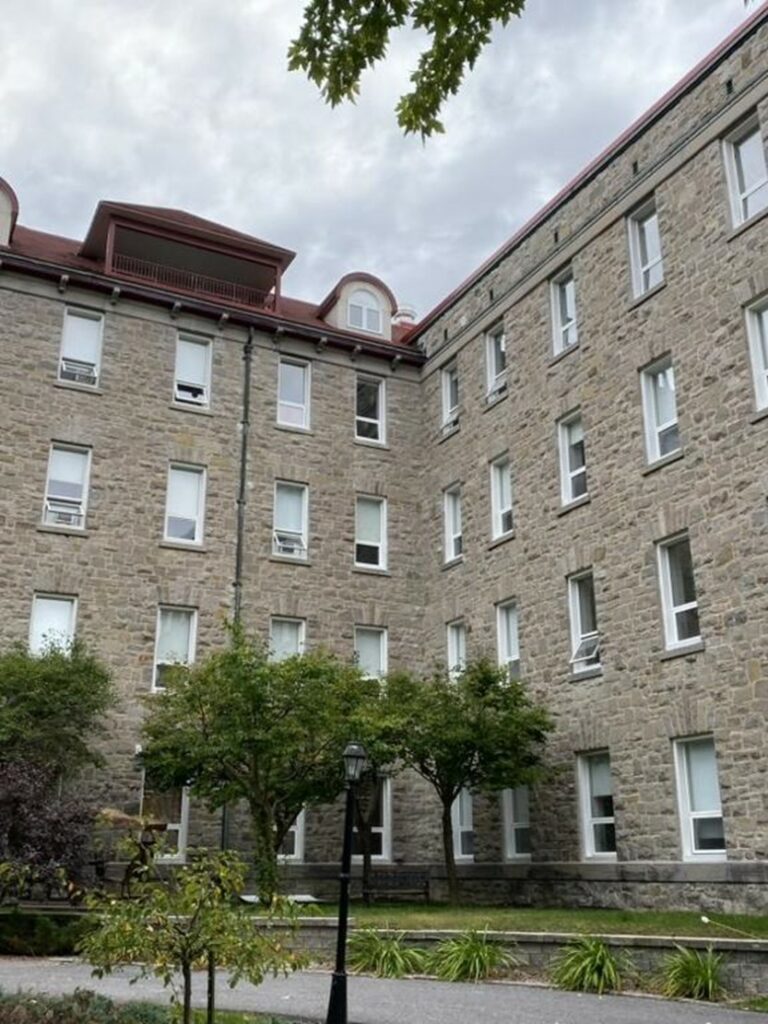
Accommodation for persons with disabilities
Persons with disabilities generally prefer to stay at home with appropriate services rather than living in an institutional setting. However, some people require accommodation adapted to their specific needs. It is therefore essential to focus on providing a range of alternative living environments rather than relying on private accommodation. This will avoid the commodification of health.
Currently, many persons with disabilities are being lodged due to a lack of adequate alternative resources, such as social housing or home care services.
There is evidence of operators exploiting this clientele by prioritizing their profits at the expense of the quality of services. In addition, the quality of services varies considerably between the different operators and the types of accommodation (community shelters, intermediate or family-type resources (RI-RTF), long-term care centres (CHSLD) and seniors’ homes). There are also several accommodation options offered by charities such as Maisons Martin-Matte and the Fondation Louis et Véro.
The limited income of persons with disabilities, combined with limited access to home support, sometimes leads to their institutionalization, and in some cases to the use of medical assistance in dying, which is increasingly accessible.
| Revenus mensuels d’aide sociale (2022)2 | Revenus mensuels d’aide sociale (2022)2 + 200$ par mois | % de 1601,51$ par mois = SV + SRG de janvier 2022 | % du Seuil officiel de la pauvreté du Canada de 20223 | % du Seuil de la pauvreté extrême de 20224 | |
|---|---|---|---|---|---|
| New Brunswick | $907.00 | $1,107.00 | 69% | 54% | 73% |
| Nova Scotia | $1,057.25 | $1,257.25 | 79% | 58% | 77% |
| Manitoba | $1,177.08 | $1,377.08 | 86% | 65% | 87% |
| Ontario | $1,322.58 | $1,522.58 | 95% | 66% | 88% |
| Québec | $1,362.92 | $1,562.92 | 98% | 81% | 109% |
| Saskatchewan | $1,419.92 | $1,619.92 | 101% | 75% | 100% |
| British Columbia | $1,504.50 | $1,704.50 | 106% | 73% | 98% |
| Prince Edward Island | $1,559.58 | $1,759.58 | 110% | 83% | 110% |
| Newfoundland and Labrador | $1,700.00 | $1,900.00 | 119% | 90% | 119% |
| Alberta (AISH1) | $1,776.58 | $1,976.58 | 123% | 85% | 113% |
Persons with disabilities want to live in the community and participate actively in society. While fact sheet 13, Housing (Residential Adaptation Assistance Program (RAAP)) deals with the non-institutional environment, it is relevant to mention the existence of numerous options aimed at providing better housing to persons with disabilities: Residential Adaptation Assistance Program, Shelter Allowance Program, Low-Rental Housing Program, AccèsLogis Program 5 and Québec Rent Supplement Program.
The home care and support services (SAD) model in Québec needs to be reviewed. That is the opinion of Health and Welfare Commissioner Joanne Castonguay, who finds the situation “worrying”. During a press conference in January 2024, she said that the home care and support system can no longer adequately meet the current needs of the population and that it seems poorly equipped to deal with future demands. Better access to SAD is needed to help persons with disabilities remain at home.
Overview of the situation
As of March 31, 2021, 36,350 people in Québec were living in long-term care centres (CHSLDs), 18,742 adults in intermediate resources (RIs) and 7,816 adults in family-type resources (RTFs). Ninety-one percent of people living in long-term care centres were aged 65 and over, with an average length of stay of about two years. As for adults in RIs or RTFs, 41% were users of intellectual disability, physical disability or autism spectrum disorder programs, 39% were users of the support program for the autonomy of seniors, and 20% were users of the mental health program.
Residential services aim to provide a supportive living environment for people with autism spectrum disorders and disabilities, taking into account the nature and complexity of their needs, abilities, disabilities and life plans. These settings include but are not limited to RIs and RTFs, supervised apartments, social housing with services, long-term care centres and alternative homes.
According to section 108 of Québec’s Act respecting health services and social services, many public institutions prefer to purchase accommodation spaces from private resources rather than create public RIs or CHSLDs. However, these resources have gaps in the quality of services and in the level of resources available because they are not subject to accreditation, certification or MSSS inspections in the RI-RTFs.
Barriers to accommodation for persons with disabilities
Persons with disabilities face many barriers regarding accommodation, including:
- Limited income
- Limited availability of accessible housing
- High cost of adapted housing
- Lack of access to the Home Support Program
- Lack of desire for institutional accommodation (CHSLD and RI-RTF)
- Disparities in institutional and non-institutional accommodation between CISSS-CIUSSS, territories and regions
- Wage inequalities for health care professionals between public, private and community institutions
- High staff turnover across the housing continuum
- Differences in staff training between the various types of accommodation
- Variability in service quality between types of accommodation
- Waiting lists, indicating rationing in access to services
- The housing crisis and its impact on persons with disabilities
Renoviction still present in Québec
We remain deeply concerned about the rise in fraudulent tactics used by some landlords to force vulnerable tenants out of their homes in very short timeframes.
Dwelling repossessions, evictions for major renovations (known as “renovictions”) or alterations, and excessive rent increases have become common practices for many landlords. Persons with disabilities are often forced take legal action to get their landlords to remove everyday barriers and make their living environment safer. Common demands include the installation of ramps, accessible parking spaces, automatic doors, improved lighting, wider entrances, and handrails. These examples illustrate some of the reasons why persons with functional limitations have taken their cases to human rights tribunals.
In fact, many of the tenants who win their case before the Tribunal administratif du logement (TAL) end up leaving their apartment, fed up with the harassment and reprisals from landlords. It is important to note that housing discrimination is illegal in Québec. A landlord cannot refuse to sign a lease with a tenant because of their personal characteristics such as skin colour, religion, age or type of disability.
In this difficult context, it is essential to remember that the Charter of Human Rights and Freedoms still applies to housing.
Technological innovation as a solution
To help persons with disabilities in their housing search, the Comité d’action des personnes vivant des situations de handicap (CAPVISH) has developed a web application specializing in adapted housing — the AppLOAD. This app is the first of its kind in the greater Québec City area.
Launched by CAPVISH, the app allows users to search for a dwelling based on several specific criteria: location of the neighbourhood, size of the dwelling, number of rooms, type of rental, or the accessibility services available. The app is designed to be user-friendly for persons with disabilities.
Standards and obligations
It is essential to understand the Mécanisme régional d’accès à l’hébergement and grasp its complexity.
In addition to public, private and community accommodation resources in the area of health and social services, the Ordre des architectes du Québec advocates for improved housing accessibility for persons with disabilities. For persons with reduced mobility, the path to finding accommodation suited to their needs resembles an obstacle course.
The Régie du bâtiment du Québec (RBQ) therefore adopted new regulations to align construction of accessible housing. These regulations will enable Québec to catch up or surpass provinces that already require 5 to 15% of multi-unit dwellings to be accessible or adaptable. However, the City of Vancouver goes even further, imposing 100% adaptable housing.
Good practices
Good practices are simple, but applying them consistently across Québec remains an ongoing commitment on the part of public health and social services institutions:
- Assisting the person so they can find suitable housing with the necessary services according to their changing condition and needs (by planning the anticipated evolution of these needs).
- Respecting the choices of individuals based on their life history.
- Ensuring consistency in the quality of accommodation and equality in the services offered to people with similar needs, regardless of the models proposed or available (Maison des aînés, CHSLD, RI-RTF, RPA, community residential resources, etc.).
- Implementing scent-free policies in accommodation settings to take into account the needs of people affected by multiple chemical sensitivities.
Particularities according to disability type
Welcoming more than 300,000 visitors with disabilities, the 2024 Olympic and Paralympic Games highlighted the best in hospitality, ensuring optimal conditions for persons with disabilities.
Le guide pratique de l’hébergement handi-accueillant, a guide to making accommodation accessible for the event provides recommendations tailored to the following disabilities or categories:
- Hearing disability
- Visual impairment
- Intellectual disability
- Families
- Seniors
- Wheelchair users
What may seem appropriate for a large temporary event may also be relevant in the medium to long term.
Available resources
-
See the Mécanisme régional d’accès à l’hébergement to understand its complexity.
-
Pour le mieux-être des personnes hébergées – Plan d’action pour l’hébergement de longue durée 2021-2026, [Action plan for ensuring the well-being of persons in long-term accommodation] Government of Québec
-
Accommodation in a public facility (definition, costs and eligibility), RAMQ.
-
Accommodation via an intermediate resource (definition, costs and eligibility), RAMQ.
-
L’inaccessibilité du soutien à domicile, Le Devoir.
-
Un projet-pilote pour sortir les adultes handicapés des CHSLD, Radio-Canada Info.
-
Recherche de logement adapté: innovation à Québec pour les personnes handicapées, Journal de Québec.
Fact sheet prepared by André Prévost, in collaboration with Mathieu Noël (COPHAN).
- AISH : Assured Income for the Severely Handicapped de l’Alberta
- https://maytree.com/wp-content/uploads/Welfare_in_Canada_2022.pdf
- Canada’s Official Poverty Line = Market Basket Measure (MBM)
- Extreme poverty line = 75% of the Market Basket Measure (MBM) = Cost of obtaining a basket of essential goods and services to meet basic needs (food, clothing, shelter, transportation and other necessities)
- The program has three components:
- Component 1: Permanent dwellings for low- and moderate-income households (families, people living alone, independent seniors, independent disabled people).
- Component 2: Permanent dwellings with services (e.g., meals, home support services, housekeeping) for seniors with slightly diminishing independence.
- Component 3: Temporary, transitional or permanent dwellings with services for people with special housing needs.
Related fact sheets in this guide
To ensure inclusion in housing (public, private and community continuum), also consult the following fact sheets:








